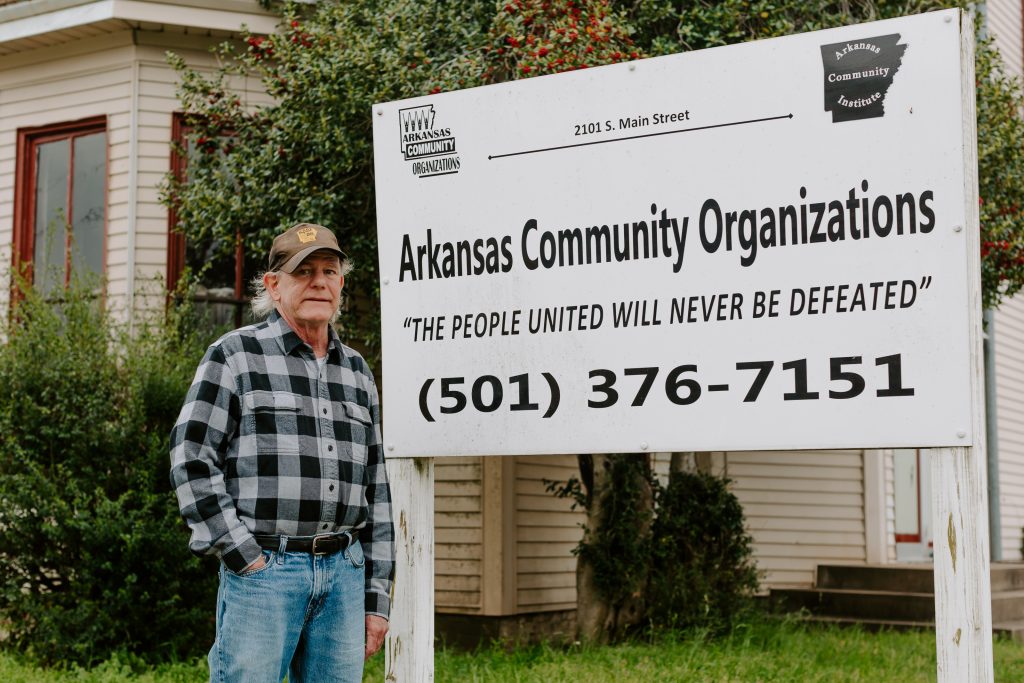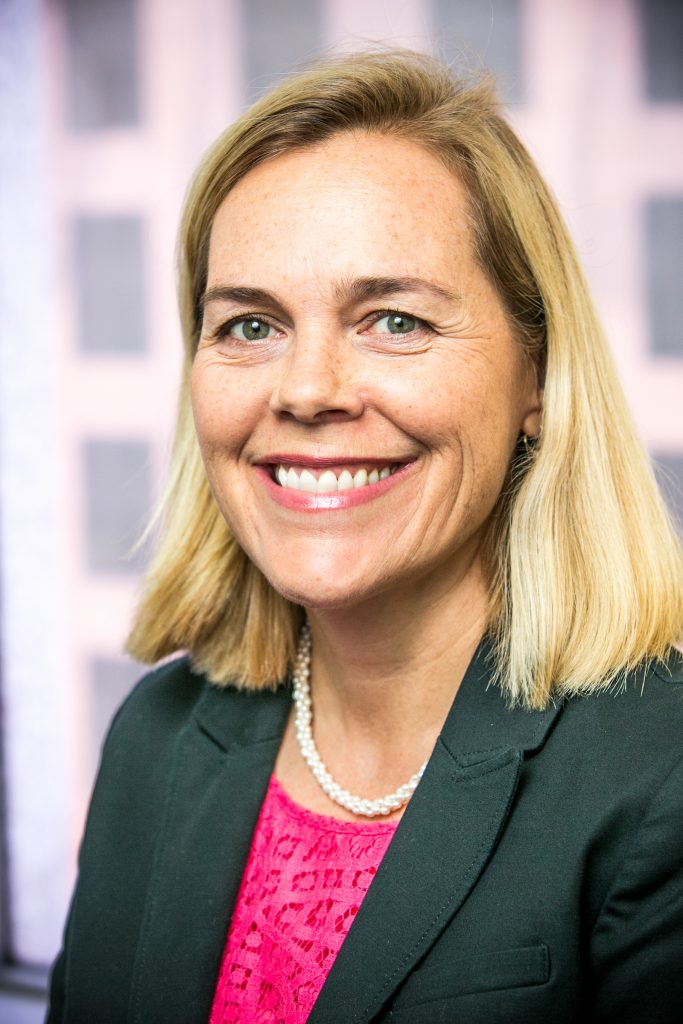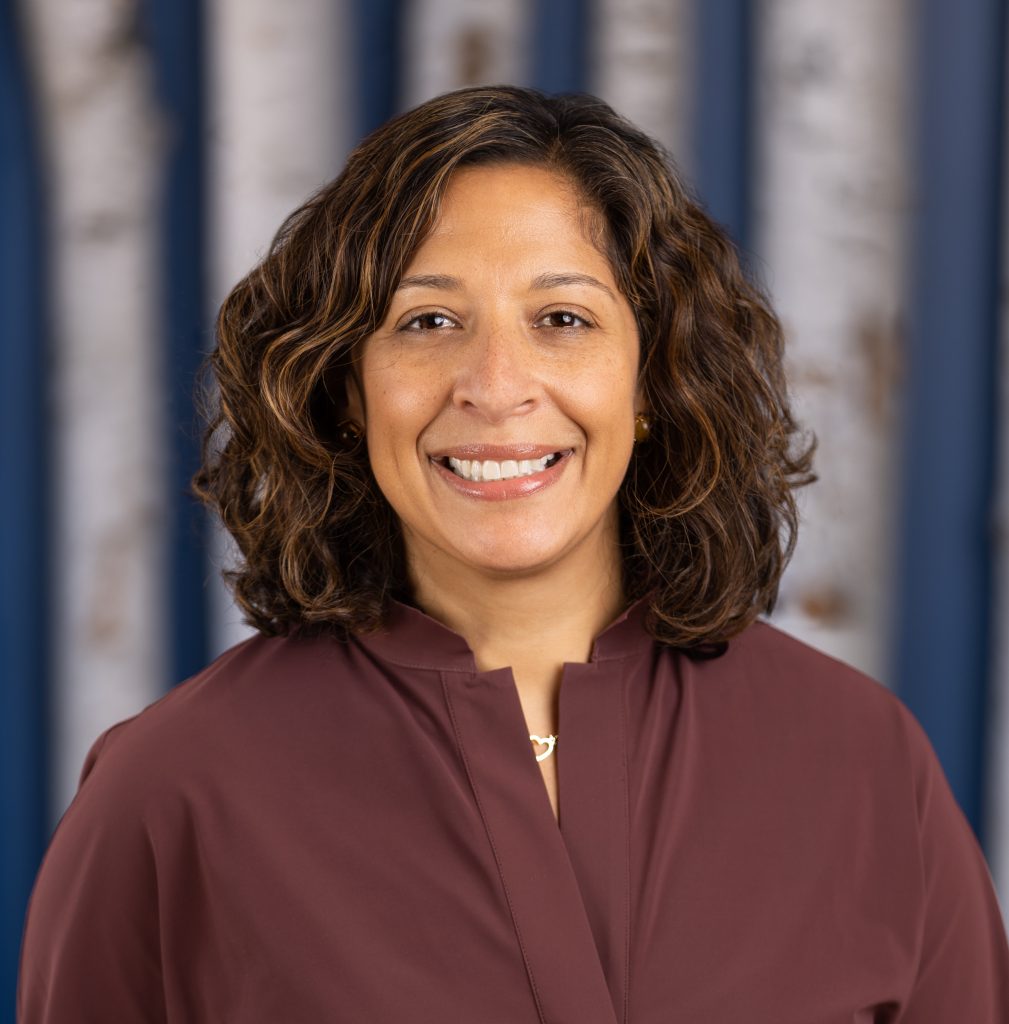Medical debt is a barrier for 37 percent of Arkansans. That is a disheartening statistic, but the future need not be bleak. National and local experts are tackling the problem strategically in hopes of creating a better tomorrow.
“These aren’t mistakes those individuals made. This isn’t where an individual has taken out a loan,” said Signe-Mary McKernan vice president for labor, human services and population and population codirector of the Opportunity and Ownership Initiative at the Washington, D.C.-based Urban Institute. “People need to have quality health insurance, and policies that support wealth building instead of stripping wealth from people.”
McKernan lauded the passage of Medicaid expansion in Arkansas, which allows more low-income Arkansans to get health insurance coverage.
“There is strong research that shows personal financial improvements in states that expand their Medicaid programs so residents are less likely to have new medical debt in collections, and they’re more likely to have improved credit scores and reduced bankruptcy filings,” she said.
Neil Sealy is the executive director of the Arkansas Community Institute, a membership organization of working families with low to moderate income. Arkansas Community Institute has made recommendations for simplifying the application process for Medicaid, including hiring state workers to facilitate enrollment.

“The other piece related to medical debt is looking at court cases, beginning in Pulaski County District Court, and then we’re going to other counties, to see what’s happening, and reaching out to people in the community who have debt,” he said. “We’re hoping to get them talking about what they’re experiencing so we can look for ways we might be able to help them.”
Sealy, citing instances of people paying off medical debt from hospitals but still being pursued by collections agencies, said the debt collection process needs to be streamlined. Medical debt that goes to collections results in lower credit scores, and subprime credit scores make many things more expensive, from buying a house to repairing a car. Making minimum payments to avoid this debt spiral is, of course, key.

“Our research has shown that even a small amount of emergency savings can help families be resilient,” McKernan said. “Families that had non-retirement savings, a cushion of as little as $350 to $749 were less likely to be evicted, were less likely to miss housing or utility payments after a job loss or a health issue or a large income drop.”
Joanna Ramani, managing director at the Aspen Institute Financial Security Program in Washington, D.C., is interested in looking at ways to eliminate the ways people end up in debt in the first place as well as how to get them out of it.
“We want to stop the spigot of debt from building,” she said. “But even if you did all of that today — like if tomorrow, we fully changed the healthcare model — you still would have a bunch of people sitting in the debt they already accrued, and we can’t forget about them.”

RIP Medical Debt, a nonprofit organization formed by two former debt collections executives, buys medical debt for charitable reasons rather than for profit, said RIP spokesman Daniel Lempert.
“It’s for individuals who are 400 percent or below the federal poverty level or for individuals who have medical debt that is 5 percent or more of their gross annual income,” said Lempert. “We go high and low anywhere we can to get access to those specific debts, and we’ll purchase them from debt collectors and debt collection agencies.”
Lempert said that for every $1 donated, RIP can erase $100 of medical debt. Lempert said the organization has raised enough money to abolish $6.6 million for over 3.5 million families.
“It really stretches the donor’s dollar a lot further,” said Lempert.

Organizations that set up funds to buy medical debt at a reduced price and forgive patients’ bills are promising and important, said Ramani, but they aren’t a perfect solution.
“They put a lot of pressure on the private sector for donations and in some ways the responsibility hasn’t changed off of the person who had the health need because they still have to find a source where someone’s going to help them,” she said.
In the same way patients are counseled about physical care as they go home after a hospital stay, the same could be done for finances. Financial coaches could work directly with patients to ensure that patients are enrolled in federal or state healthcare programs and connected with available resources.
“It’s almost unconscionable to let this person who’s been through a traumatic health event out into the world again without counseling them on how they will help with their financial side, the same way you wouldn’t let them back out into the world without counseling them on what to do about their health,” said Ramani. These are important steps, she said, for the good of families as well as for communities.
“It is real and documented and evidence-based that even if you don’t care about a single family, the fact that there are so many families in communities in Arkansas means that as a state, the economic development and the financial costs of the state is high,” said Ramani. “For that reason alone, you should care about it.”
